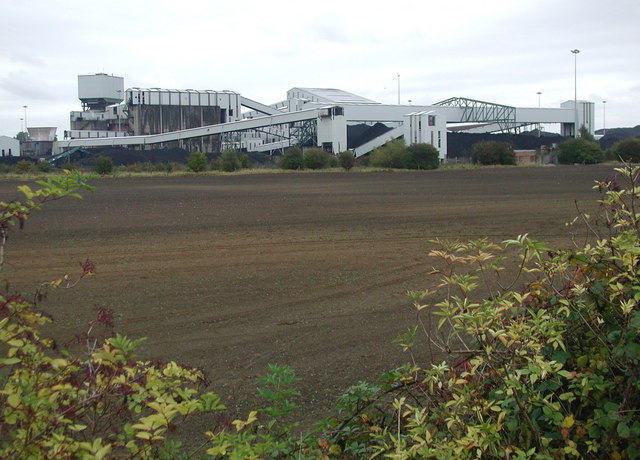The accelerated decline of the U.K.’s coal industry has been laid bare this week following the publication of analysis by Imperial College London that the fossil fuel supplied just 2% of the country’s power in the first six months of 2017.
Backed up by the government’s own data from BEIS, the collapse of the coal sector from around 2013 has been dramatic – and coincides with steep growth in solar and wind power.
As recently as 2012, coal supplied close to 150 terawatt hours of electricity a year – around 40% of supply. The latest data, however, reveals that coal’s input in 2016 was less than 30 terawatt hours, with wind power alone now a greater source of electricity. Last year, coal generation fell a massive 66%, the data shows.
And this is no short-term trend. Today, the U.K. has just 10 active coals mines in operation, down from more than 1,000 in the 1960s, while a government-backed body created in 2006 to secure the long-term future of coal power and mining – the UK Coal Forum – will be wound down this year because it no longer serves a purpose, Conservative energy minister Richard Harrington has said.
The tumbling costs of solar and wind power, allied to more stringent pollution laws and severe carbon taxes, have also been injurious to the sector, driving the closure of aging plants, with three large coal power plants idled last year. As things stand, the U.K. has only eight coal power stations remaining in operation.
Following the U.K.’s first fossil-free day earlier this year, energy analysts have been startled by the pace of the coal industry’s demise.
“It is unprecedented, the speed at which it declined,” Imperial College’s Iain Staffel said. “We have never had anything like this. In the 1990s there was the dash for gas, and that was probably a quarter of the speed of this.” Staffel expects the number of coal plants in operation to fall to just a couple very soon, meaning the U.K. will likely phase out coal completely way before its imposed 2025 deadline.
Staffel added that coal’s role is now to “plug the gaps” in the energy system when the output from solar panels and wind turbines is low. However, the U.K.’s capacity market is still worth hundreds of millions of pounds for coal providers, who are paid subsidies to provide backup power, especially during the winter months.
Domestic coal production is now almost at zero, the report added, with the U.K. most reliant of coal from Colombia and Russia.
This content is protected by copyright and may not be reused. If you want to cooperate with us and would like to reuse some of our content, please contact: editors@pv-magazine.com.



I don’t know where the numbers for this come from, but the data at ref.org.uk show that coal provided about 2% of GB’s electricity in the second quarter only, and about 7% in the first half of the year.